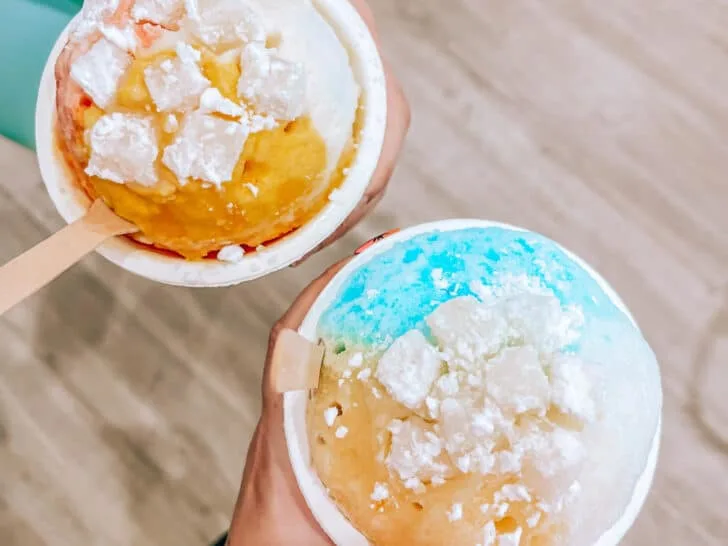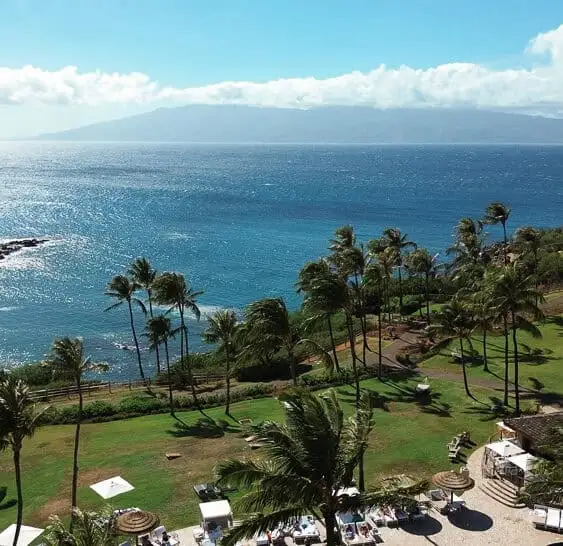Japan is not having it, with the throngs of tourists overtaking its most popular cities, such as Tokyo, Osaka, and Kyoto. The government has been actively pushing back by implementing regulations to curb bad behavior from tourists, like banning them from certain streets in Kyoto and limiting who can climb Mount Fuji.
If you want to avoid the dense crowds, consider visiting one of the country’s lesser-visited cities, which still offer distinctly Japanese culture and fascinating new experiences.
These are the most underrated cities in Japan:
1. Kanazawa
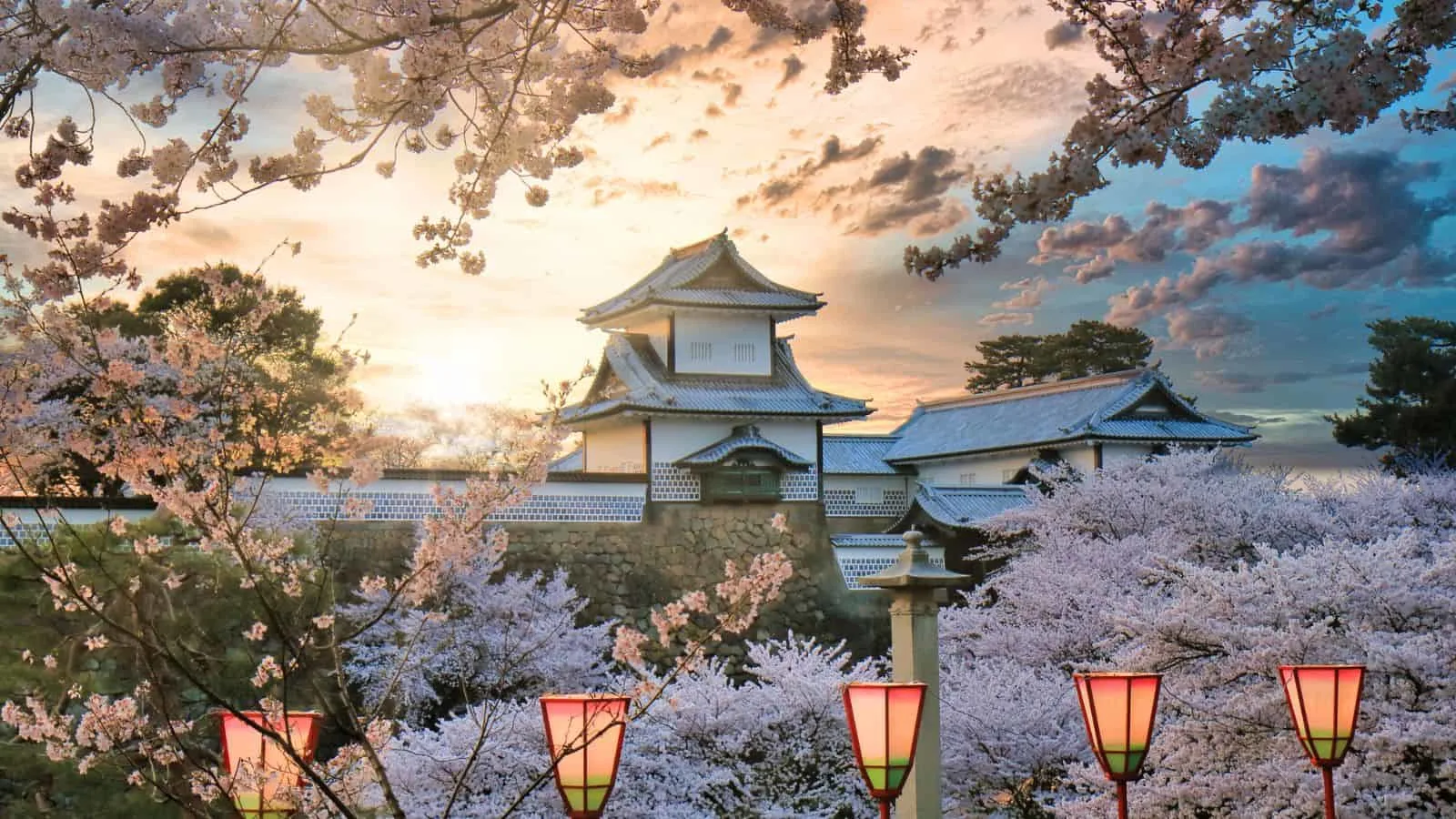
Kanazawa is known for its beautifully preserved Edo-era districts and manicured Kenrokuen Garden. While you’re there, step into Higashi Chaya District to discover gold leaf workshops where artisans coat everything in gold (even your ice cream) and teahouses where time stops as you sip matcha in a room that’s been serving it up for centuries.
The city’s samurai once resided in the Nagamachi Samurai District, which is now a popular attraction for tourists to explore. For those interested in Japan’s legendary seafood scene, the Omicho Market is where you’ll eat plates so fresh they might still be swimming when you order.
2. Kagoshima
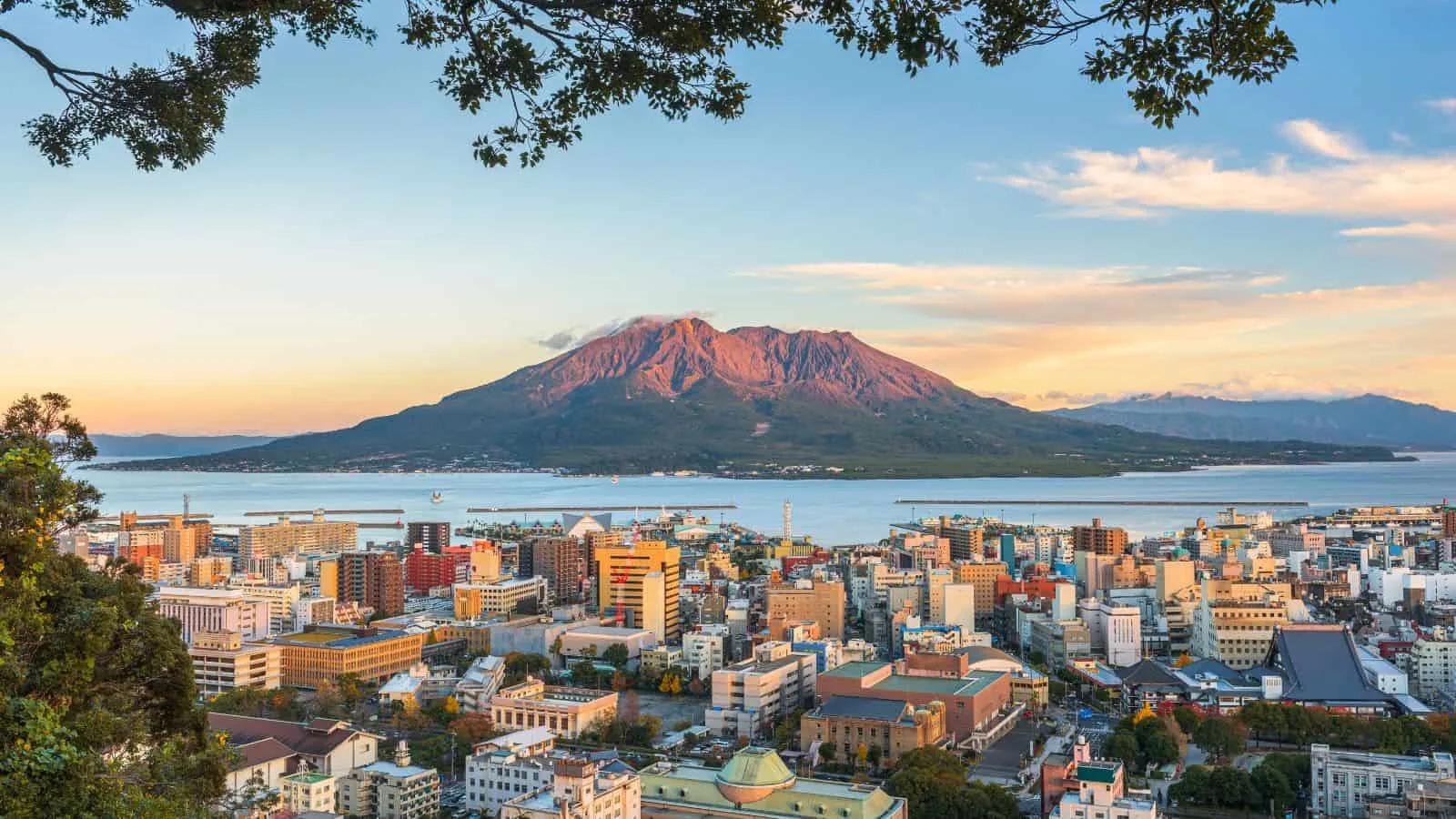
Sakurajima, one of the most active volcanoes in the world, looms over this southern gem. Kagoshima offers beautiful views of this sight, natural hot springs, and ferry access to tropical islands like Yakushima—a real-life inspiration for Studio Ghibli’s “Princess Mononoke.”
Dinner in Kagoshima means melt-in-your-mouth Kurobuta pork and rounds of shochu, Japan’s answer to whiskey. It’s the ideal nightcap for a day of strolling the traditional gardens of Sengan-en and learning about how modern Japan came to be at the historic Meiji Restoration Museum.
3. Kamakura
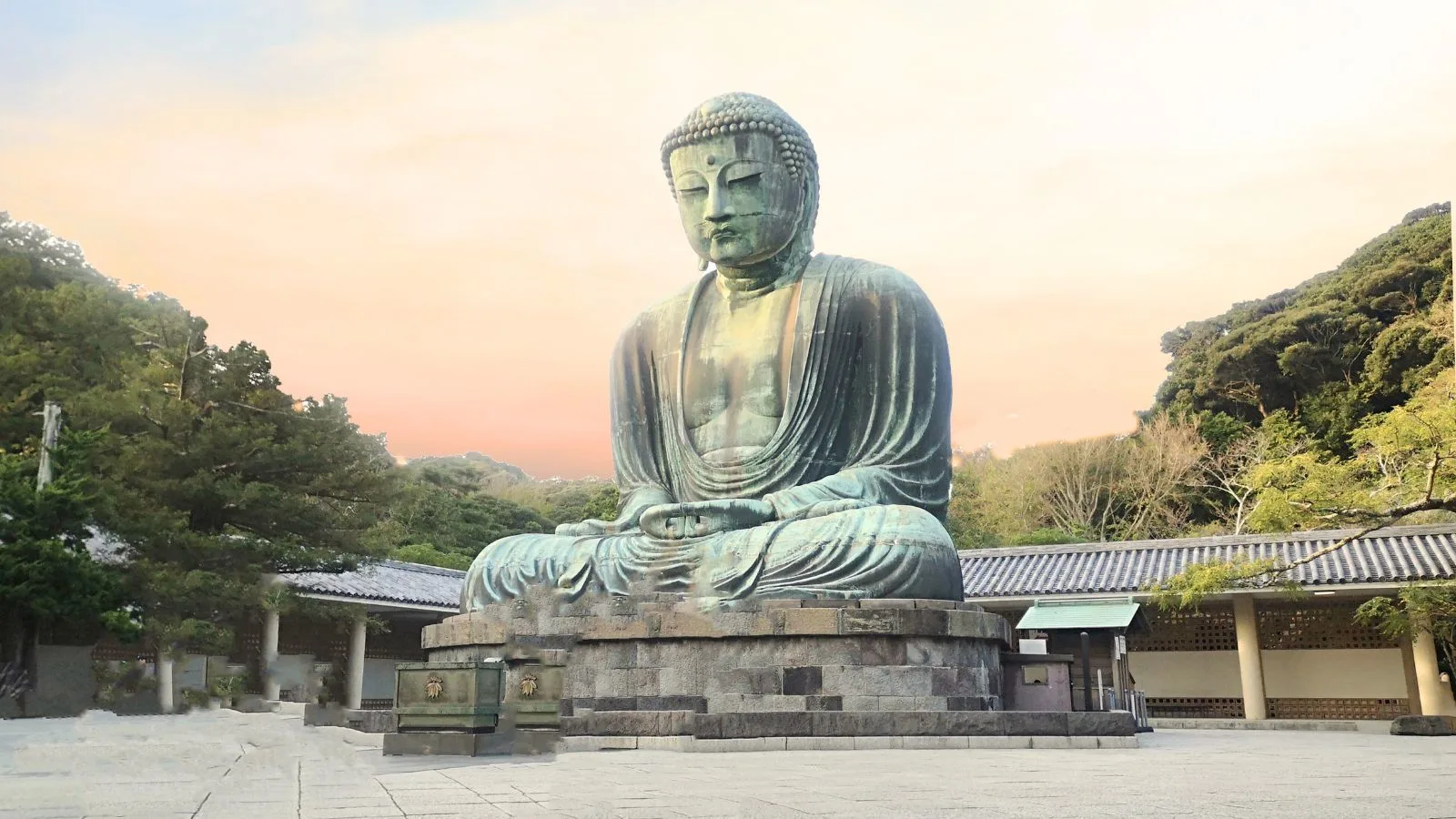
An hour from Tokyo’s chaos, ancient temples meet surf culture in Kamakura. The city’s most recognizable landmark is the Great Buddha of Kamakura, a 13-meter-tall bronze behemoth created nearly 800 years ago.
Tsurugaoka Hachimangu is the city’s spiritual heart, where you can stroll through torii gates and catch a traditional Japanese wedding procession. For a quieter experience, head to Hokokuji Temple, to sip on matcha in a tranquil bamboo grove. To get further into nature, embark on a nearby hike or stop by Yuigahama Beach, where surfers catch waves and locals settle in for people-watching at beachfront cafes.
4. Matsue
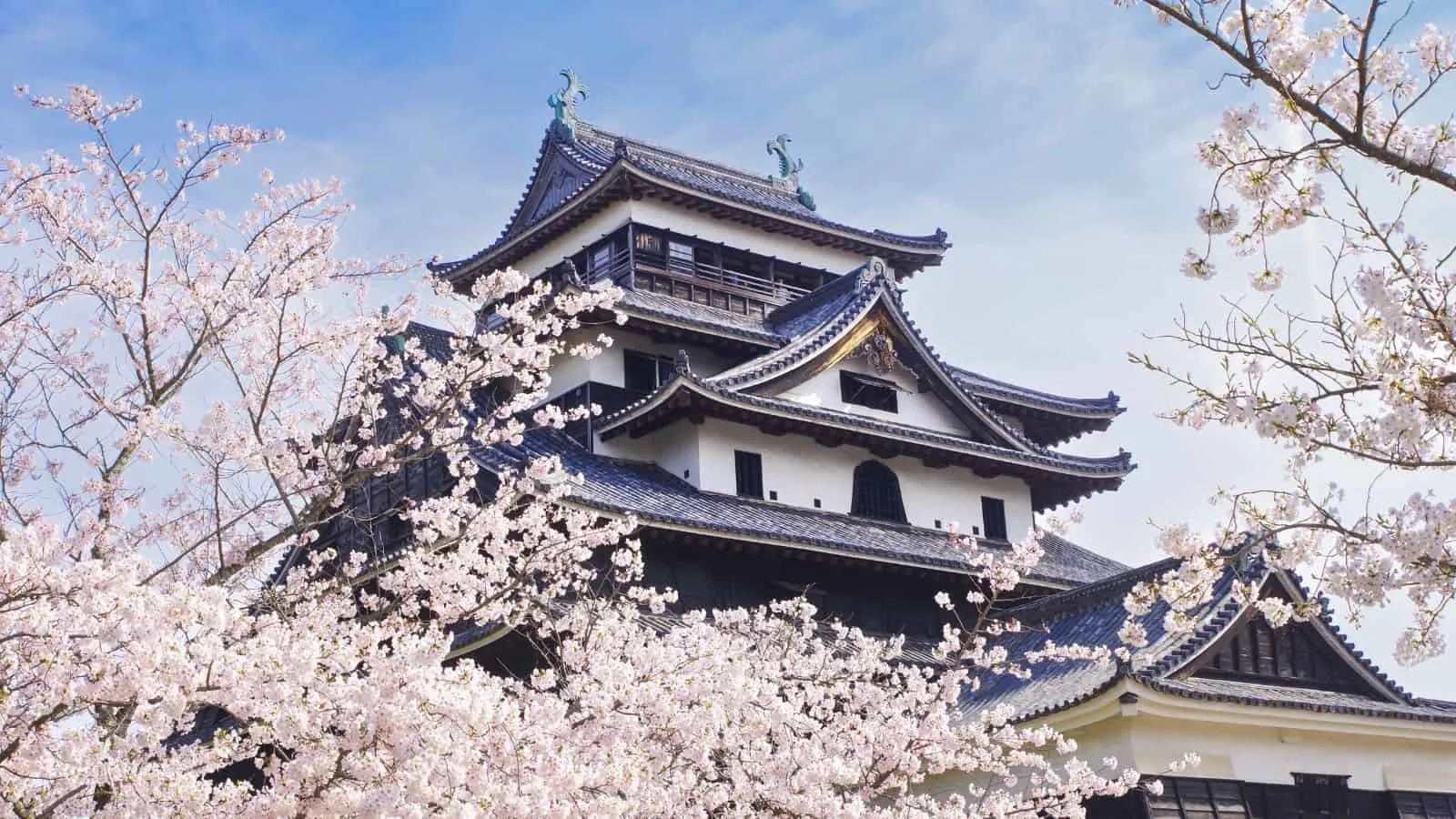
Between Lake Shinji and the Sea of Japan, Matsue is a feudal city with a samurai history. Matsue Castle, one of Japan’s few remaining original wooden castles, is a towering black fortress that has watched over the city since the 1600s. The Adachi Museum of Art offers more in-depth information on this history. Later, you can stroll along the canals of the Horikawa River.
After, stop by the Meimei-an Tea House, where you can practice your tea ceremony. If you’re into Japanese mythology, Matsue is your gateway to the ancient Izumo region, home to some of the oldest Shinto shrines in the country.
5. Beppu
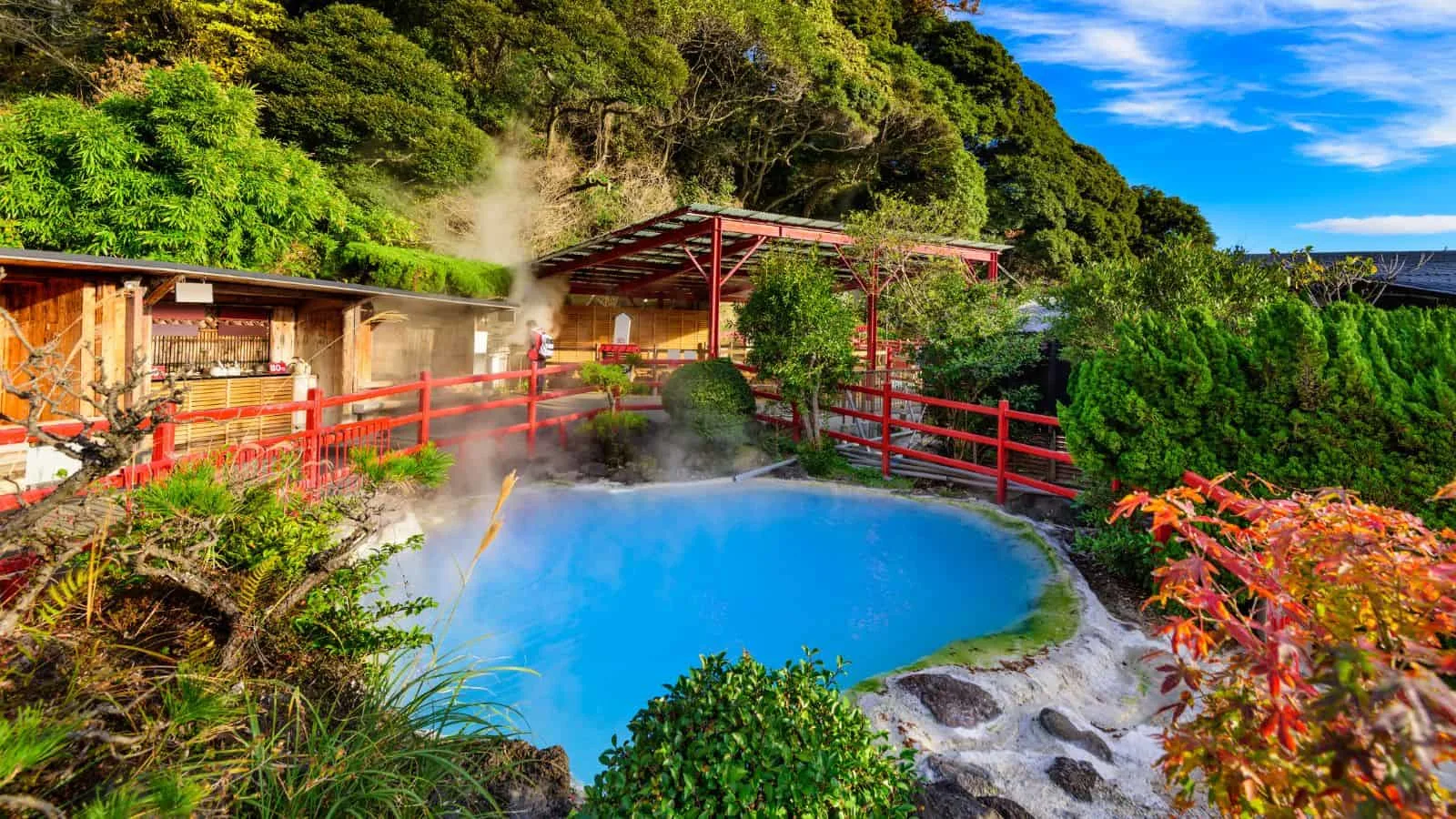
Beppu is constantly enveloped in misty clouds of steam rising from the earth due to its many hot springs. The Hells of Beppu are a series of hot springs too hot to soak in. Each “hell” has its own unique charm, whether it be blood-red water, bubbling mud pools, or a pond full of crocodiles. The city also has plenty of hot springs you can safely soak in, like Takegawara Onsen, where you can destress in a traditional sand bath or try a thick steam bath.
The local specialty, jigoku-mushi, is food cooked using the natural steam from the hot springs. Head to a restaurant where you can DIY your meal in a steam-powered kitchen—it’s as fun as it is tasty.
6. Kurashiki
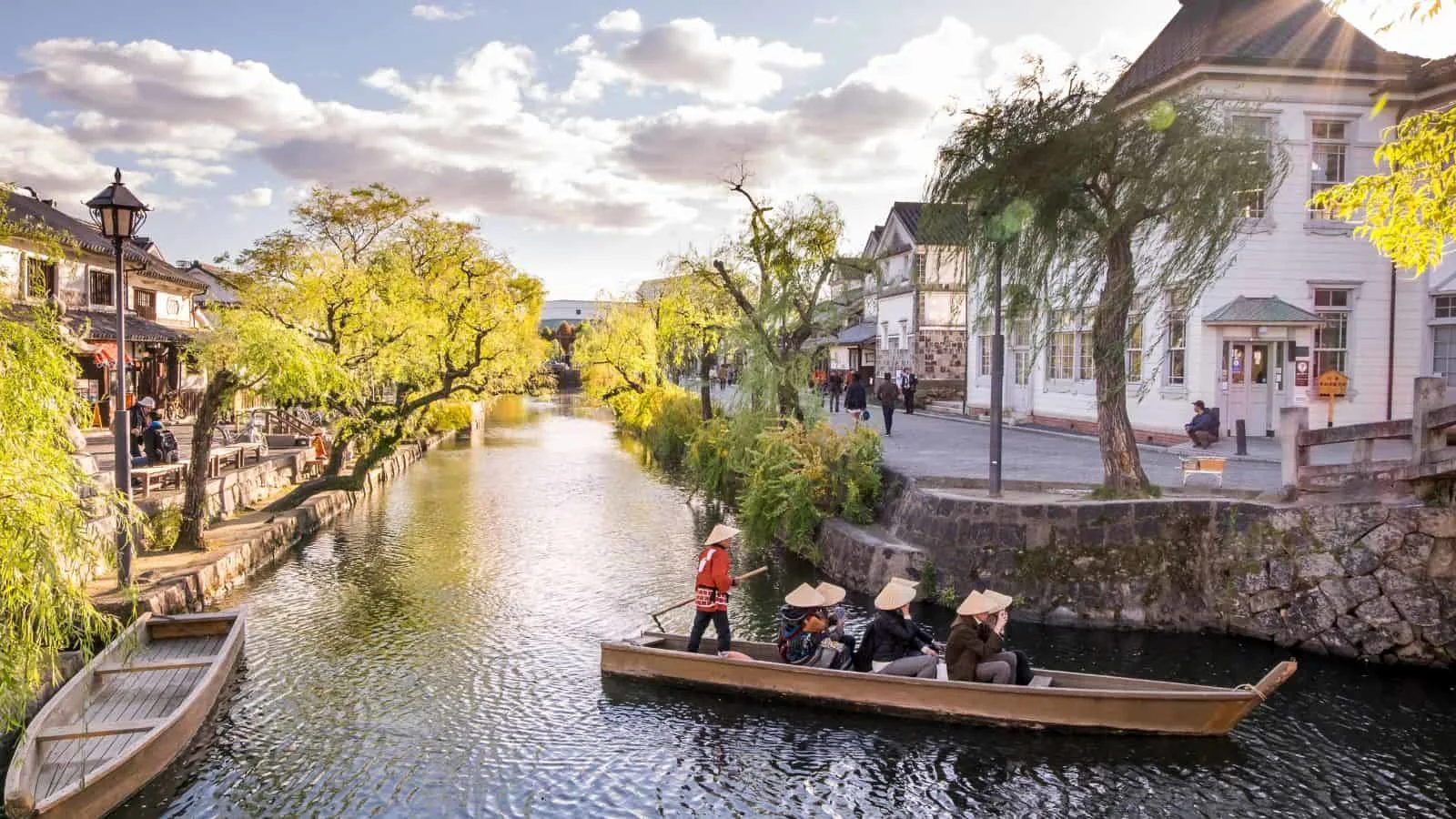
You can’t visit Kurashiki without wandering the Bikan Historical Quarter with its cobblestone streets, whitewashed kura (traditional storehouses), and weeping willows lining a picturesque canal. Like the Venice of Japan, you can hire a boat to float down this peaceful spot. The preserved neighborhood is something of an open-air museum, but if you’d like to visit an actual one, you’re not out of luck. The Ohara Museum of Art is the oldest private museum in Japan, and it houses works by El Greco, Monet, and Matisse in a Grecian building.
Kurashiki is the perfect place to indulge. Try the local specialty, Bizen-yaki grilled eel, which is smoky and tender, paired with some local sake. To satisfy your sweet tooth, stop into the town’s old-school sweets shops for wagashi (Japanese sweets), which are nearly too cute to eat.
7. Nagasaki
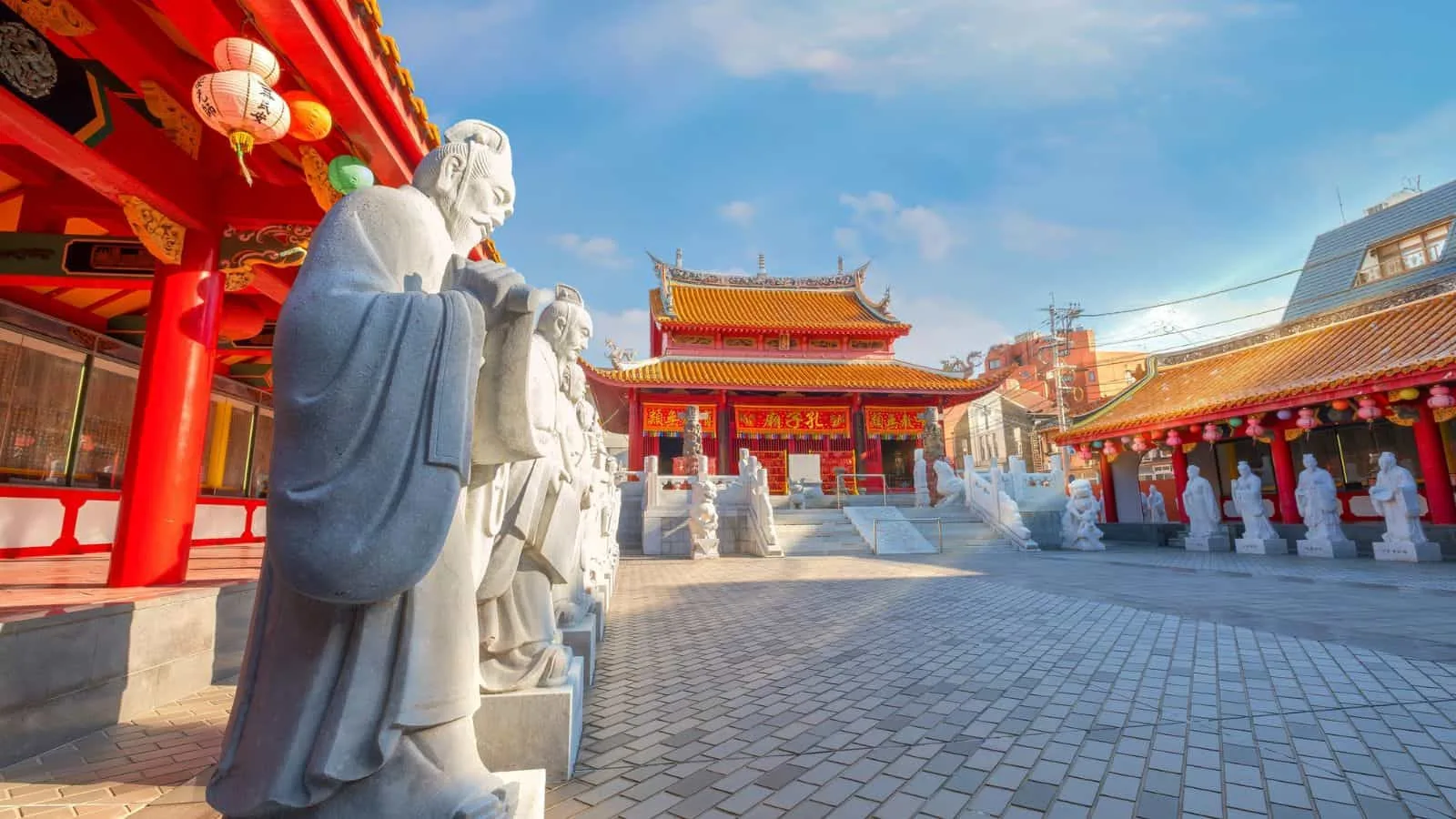
Nagasaki is a story of resilience, pushing past a difficult history into a city full of vibrant culture. Balancing Japanese and European influence, the city is best known not for its landmarks but for suffering a nuclear attack during World War II. Visitors can learn about this tragic time in history at the Nagasaki Atomic Bomb Museum, then take a quiet stroll through Peace Park.
Glover Garden is an example of the city’s lighter side. Set on a hillside with breathtaking views, this garden is like stepping into a 19th-century dream with Western-style houses that belonged to foreign merchants. When the sun goes down, Mount Inasa offers a night view that’s been ranked as one of the best in Japan. Hop on the ropeway and head to the top for a panoramic view of the city lights twinkling against the ocean.
8. Shizuoka
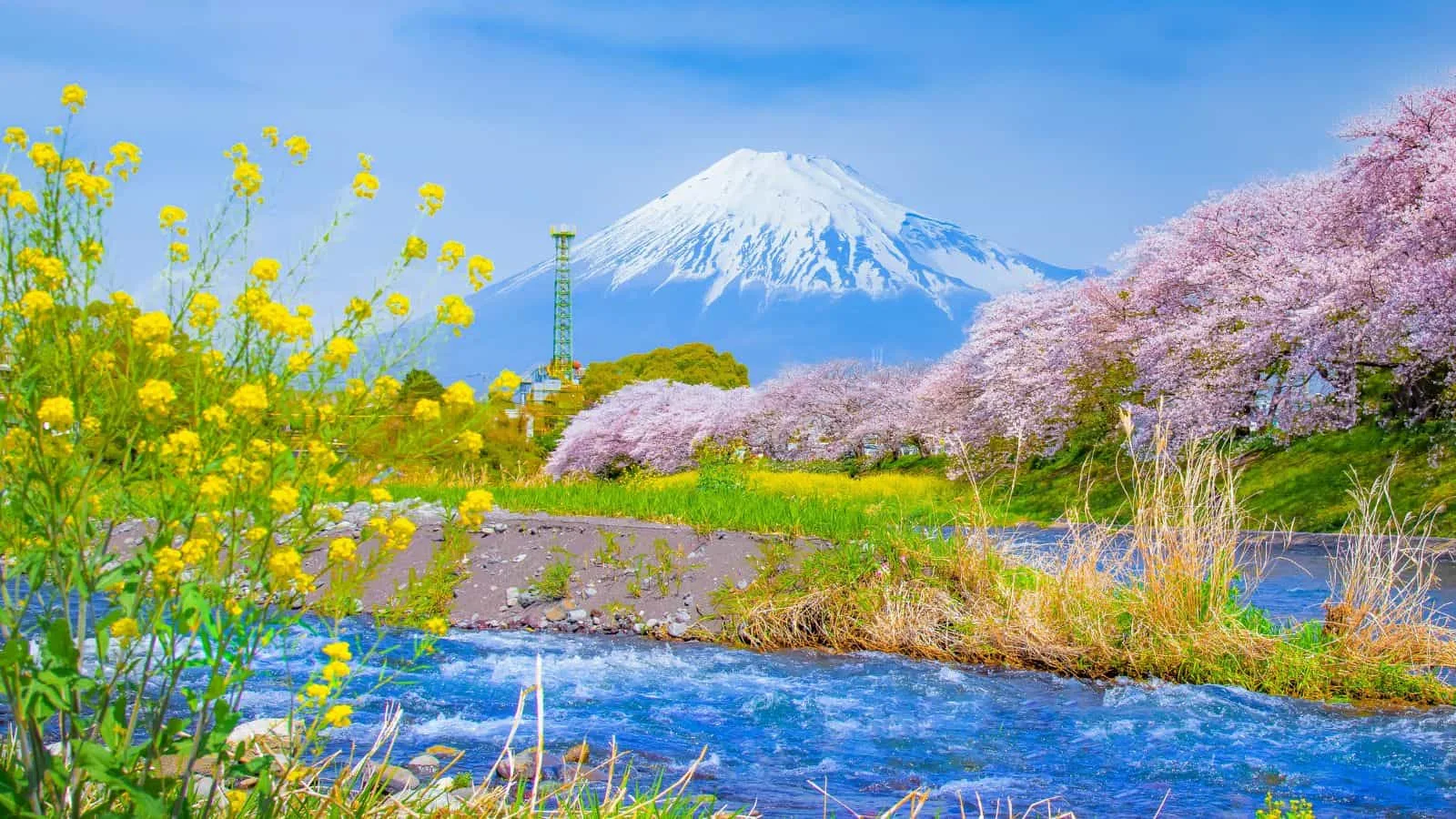
Shizuoka is home to some of the most iconic scenery in Japan, thanks to its front-row seat to Mount Fuji. The city offers some of the best vantage points to glimpse this snow-covered peak, especially from Nihondaira. If you’re up for a hike, head to the nearby Fujinomiya Trail for a more up-close and personal encounter with the mountain.
After you’ve explored Shizuoka Sengen Shrine and tried the region’s famous wasabi, escape the city by taking a trip to the Izu Peninsula, which is just a short drive away. The peninsula is known for its hot springs, lush scenery, and seaside towns like Atami and Shimoda. It’s a great way to unwind and release the stress of life.
9. Matsumoto
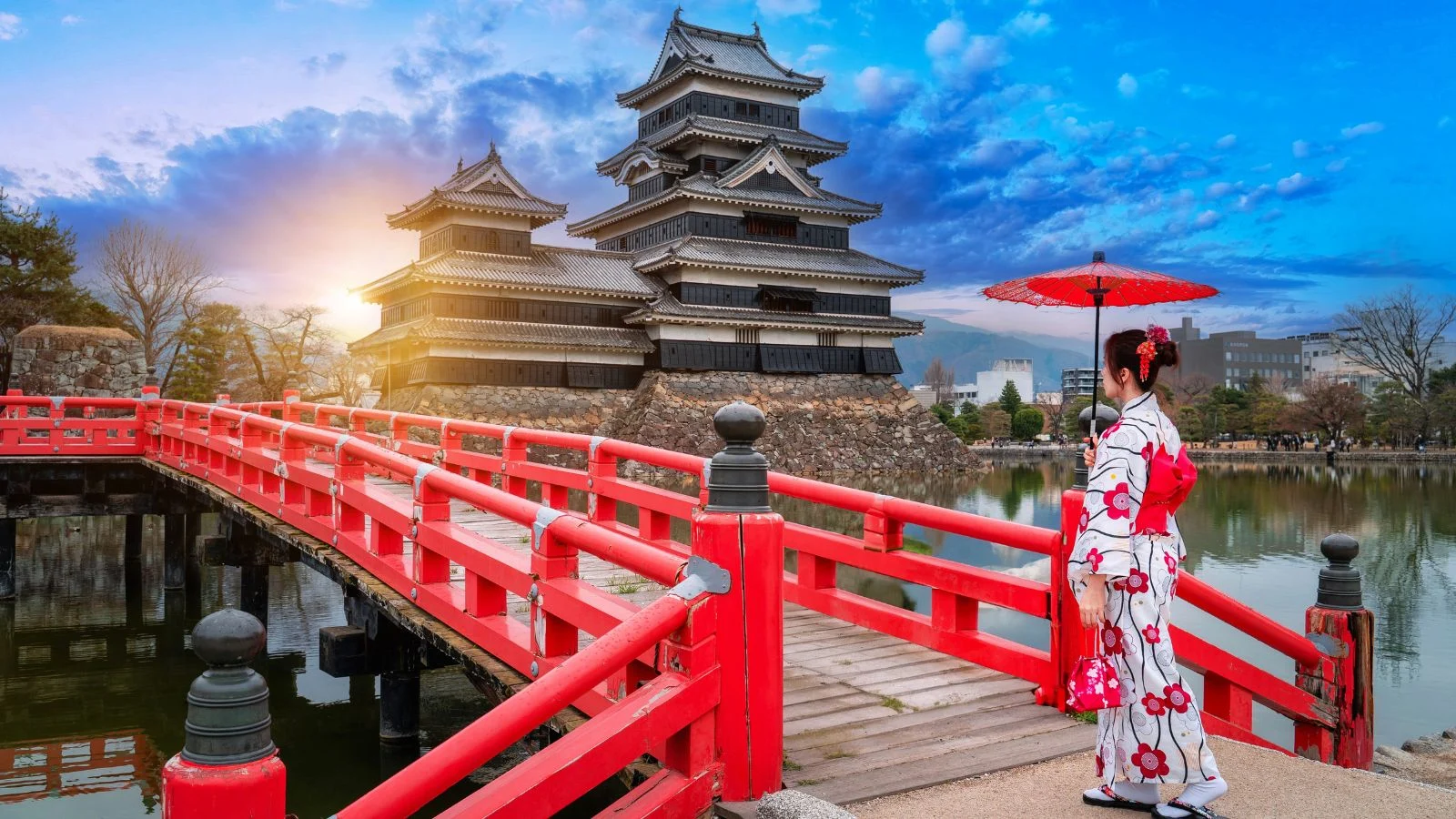
Nicknamed the “Crow Castle” for its brooding black exterior, Matsumoto Castle is one of Japan’s most stunning and scenic original castles, with the Japanese Alps behind it. To see more alpine views, leave the city for the Kamikochi Valley or Utsukushigahara Plateau nearby.
Matsumoto is also the birthplace of Yayoi Kusama, the queen of polka dots and one of Japan’s most famous contemporary artists. You can check out some of her early works at the Matsumoto City Museum of Art. After, stroll down Nawate-dori and Nakamachi-dori, two streets lined with Edo-period buildings. Nawate-dori, also known as “Frog Street,” is decorated with frog statues, trinkets, and snacks that make for fun browsing. End your day in Mastumoto with soba, earthy, nutty buckwheat noodles served cold with dipping sauce or hot in a savory broth—this city has some of the best in the country.
10. Takayama
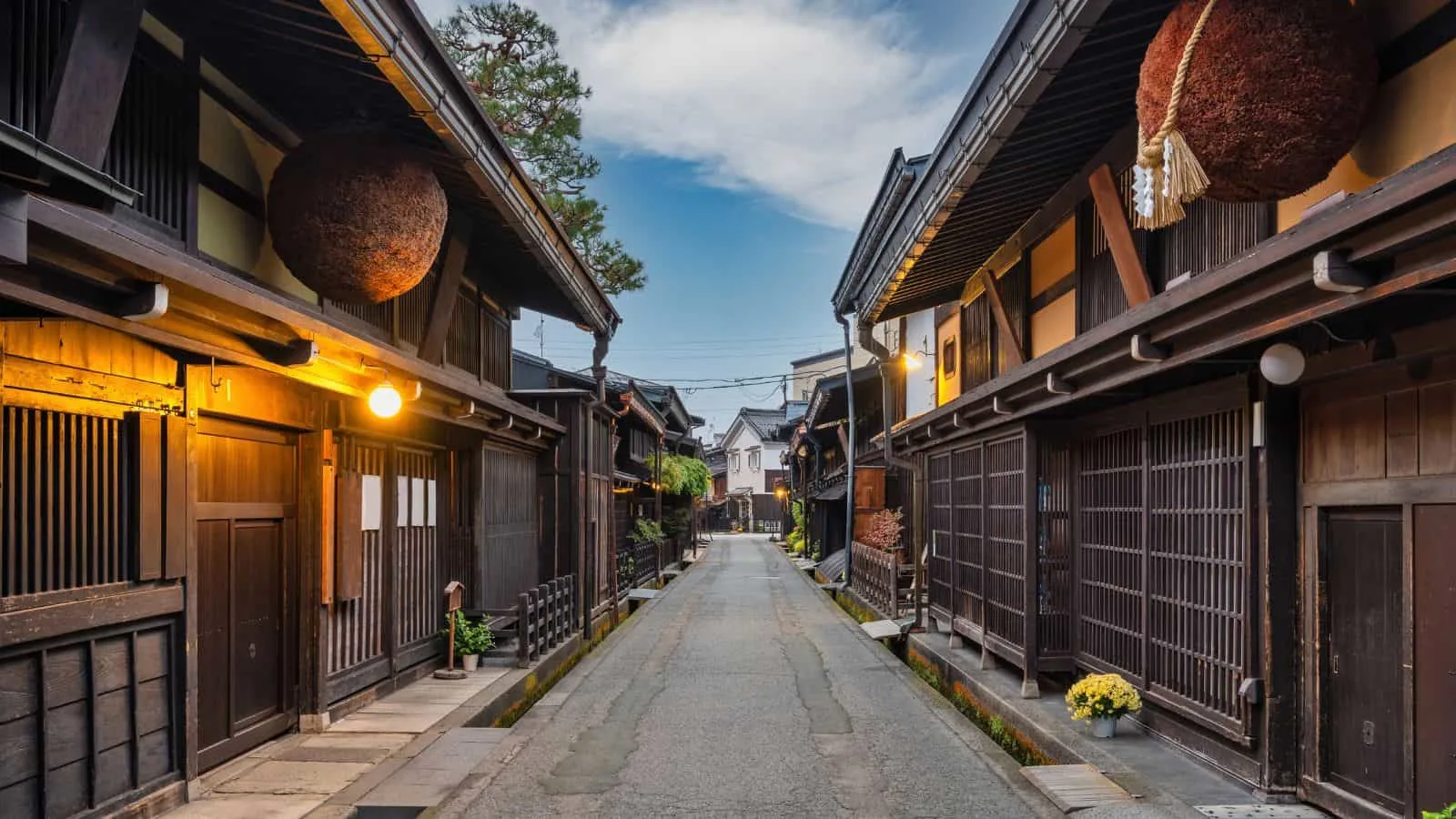
This charming town, hidden in the mountainous Hida region of Gifu Prefecture, is a preserved slice of old Japan. Narrow streets are home to wooden merchant houses, sake breweries, and centuries-old artisan shops. Experience the city’s heritage fully by visiting during the Takayama Festival. Held twice a year in spring and autumn, this festival is one of Japan’s most famous for its beautifully decorated floats, some centuries old, parading through the streets, accompanied by traditional music, lanterns, and a festive atmosphere.
Foodies will enjoy exploring the morning markets along the Miyagawa River and in front of the Takayama Jinya. Here, you can try local delicacies and shop for unique souvenirs. The city is also known for its Hida beef, one of Japan’s most prized wagyu beef varieties. Hida Takayama Gyoza’s beef-wrapped dumplings are a favorite for locals and tourists alike.
11. Kumamoto
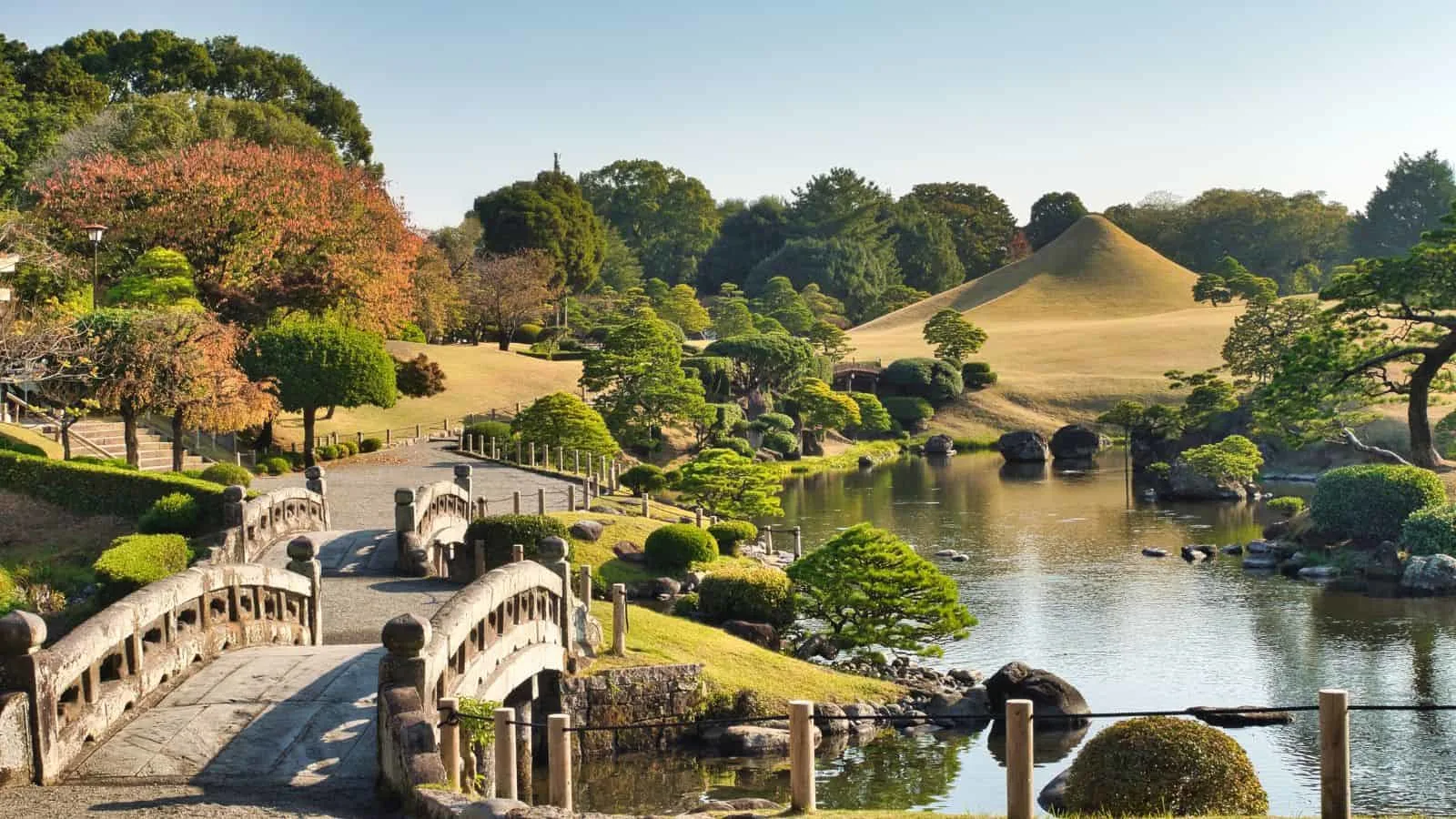
Kumamoto Castle was damaged during an earthquake that hit the region in 2016, but like the city itself, it is a survivor. Restoration work is ongoing, but that doesn’t diminish the structure’s history. For more information on Kumamoto’s history, walk through the traditional tatami rooms at Hosokawa Residence, a former samurai residence that has been turned into a museum.
Later, sip matcha at Suizenji Jojuen Garden. This relaxing oasis has existed since the 17th century and features a miniature Mount Fuji. To see a real natural wonder, head outside the city to Mount Aso, one of the largest active volcanoes in the world.
12. Otaru
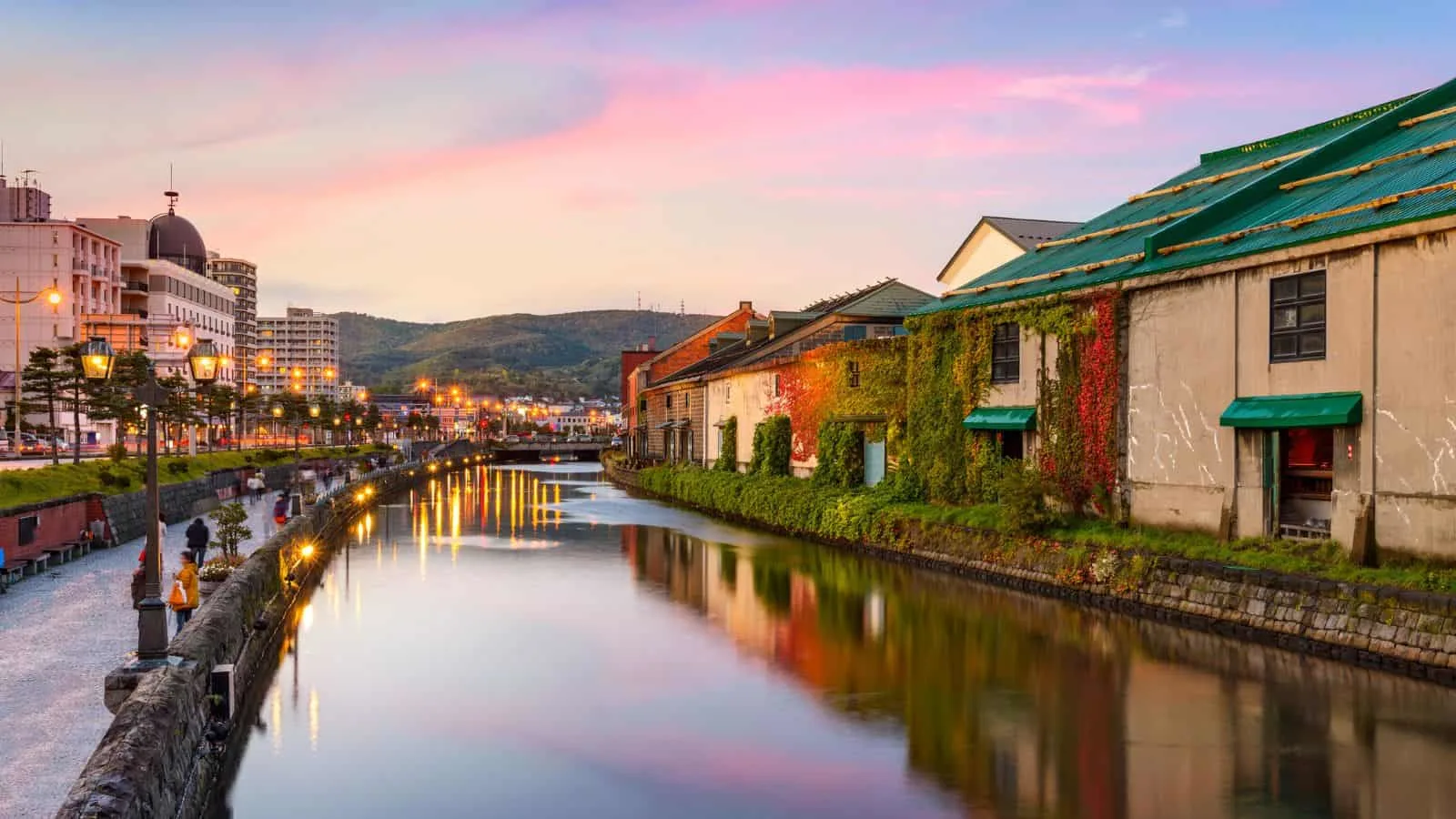
The Otaru Canal is your first stop in this storybook-like city. Here, historic warehouses double as quirky shops and top-tier restaurants. Then, explore the city’s glassblowing tradition by swinging by one of the Kitaichi Glass Company locations. This glasswork company has sold everything from fishing lamps to sake glasses for over 120 years.
In the winter, the Otaru Snow Light Path Festival turns the town into a glittering wonderland. Lights and snow sculptures blanket the city, giving it a warm glow.
13. Okayama
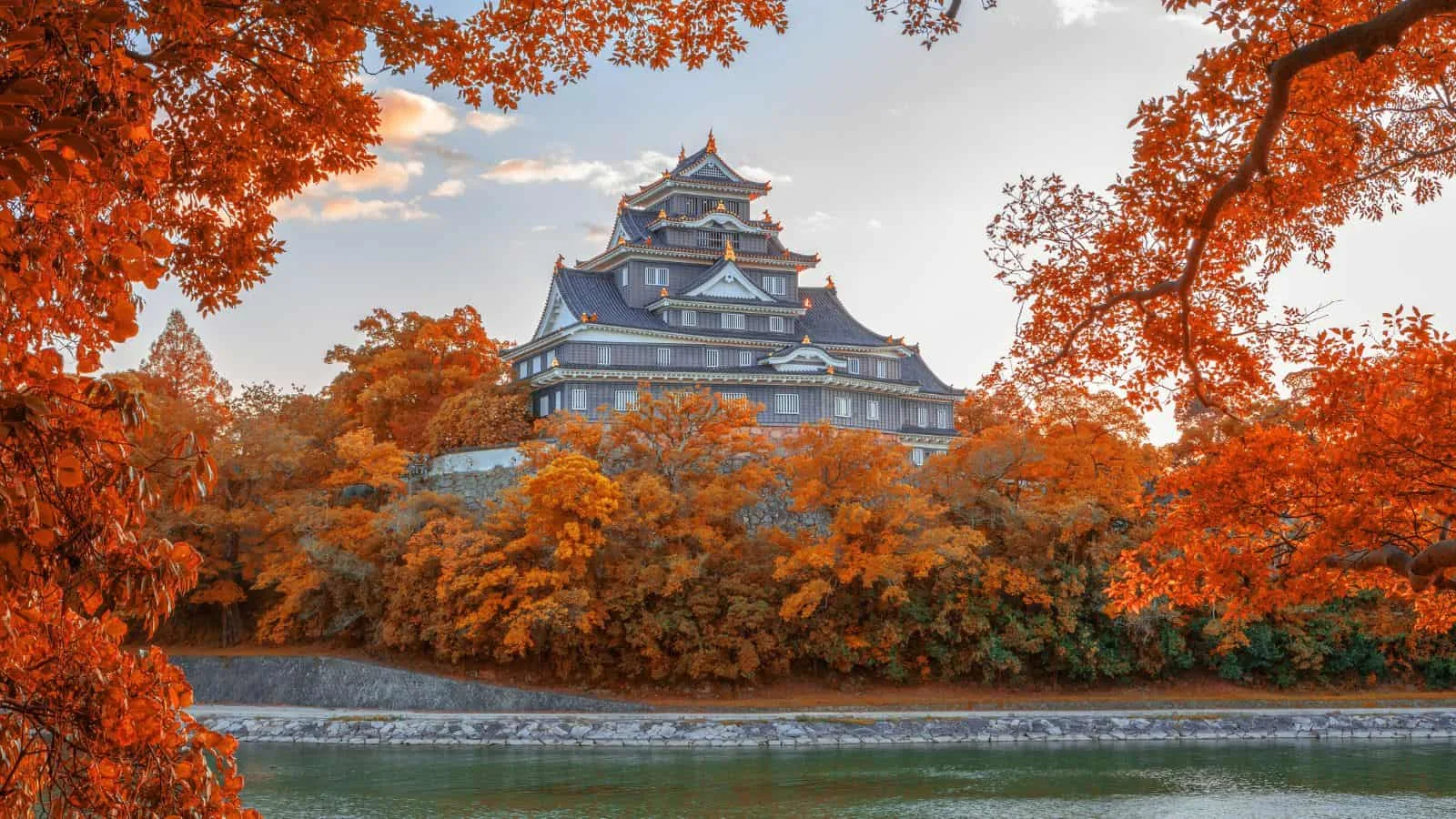
Dating back to the 16th century, the best views of Okayama can be found at Okayama Castle. Damaged during World War II, the reconstructed version boasts expansive grounds and a panoramic view. Next to the castle is Korakuen Garden, a meticulously manicured greenspace with serene ponds and winding paths.
Okayama’s Yumeji Art Museum, dedicated to Yumeji Takehisa, a Taisho-era painter and poet, is another worthwhile stop. The museum is filled with delicate, emotional works that capture the essence of early 20th-century Japan. Art lovers will similarly enjoy a day trip to Naoshima Island, covered in art museums and displays.
14. Utsunomiya
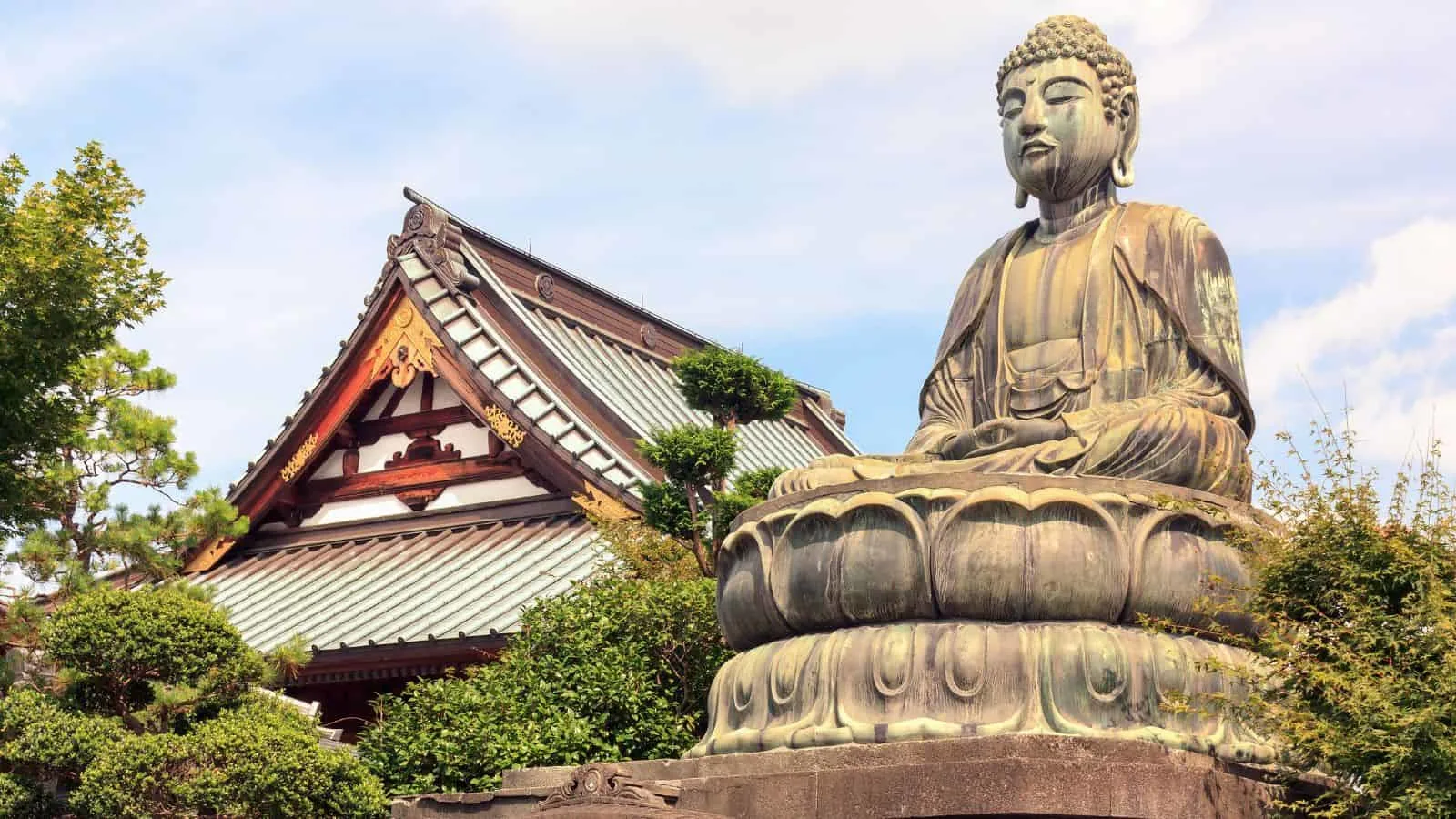
Utsunomiya is the gyoza capital of Japan. According to Japan’s tourism organization, there are nearly 300 gyoza shops here, each with its own twist on the classic dumpling. Head to Utsunomiya Gyoza-kan for a sampler plate to try many different preparations of the city’s favorite food. At night, Orion Street’s bars, izakayas, and restaurants prove gyoza is superior late-night food.
When you’re too full to keep eating, visit Futaarayama Shrine, a calm oasis in the middle of the city. The Oya History Museum, which was carved out of a former stone quarry, is another interesting place to learn about the city’s history.
Tokyo is full of unique things to do
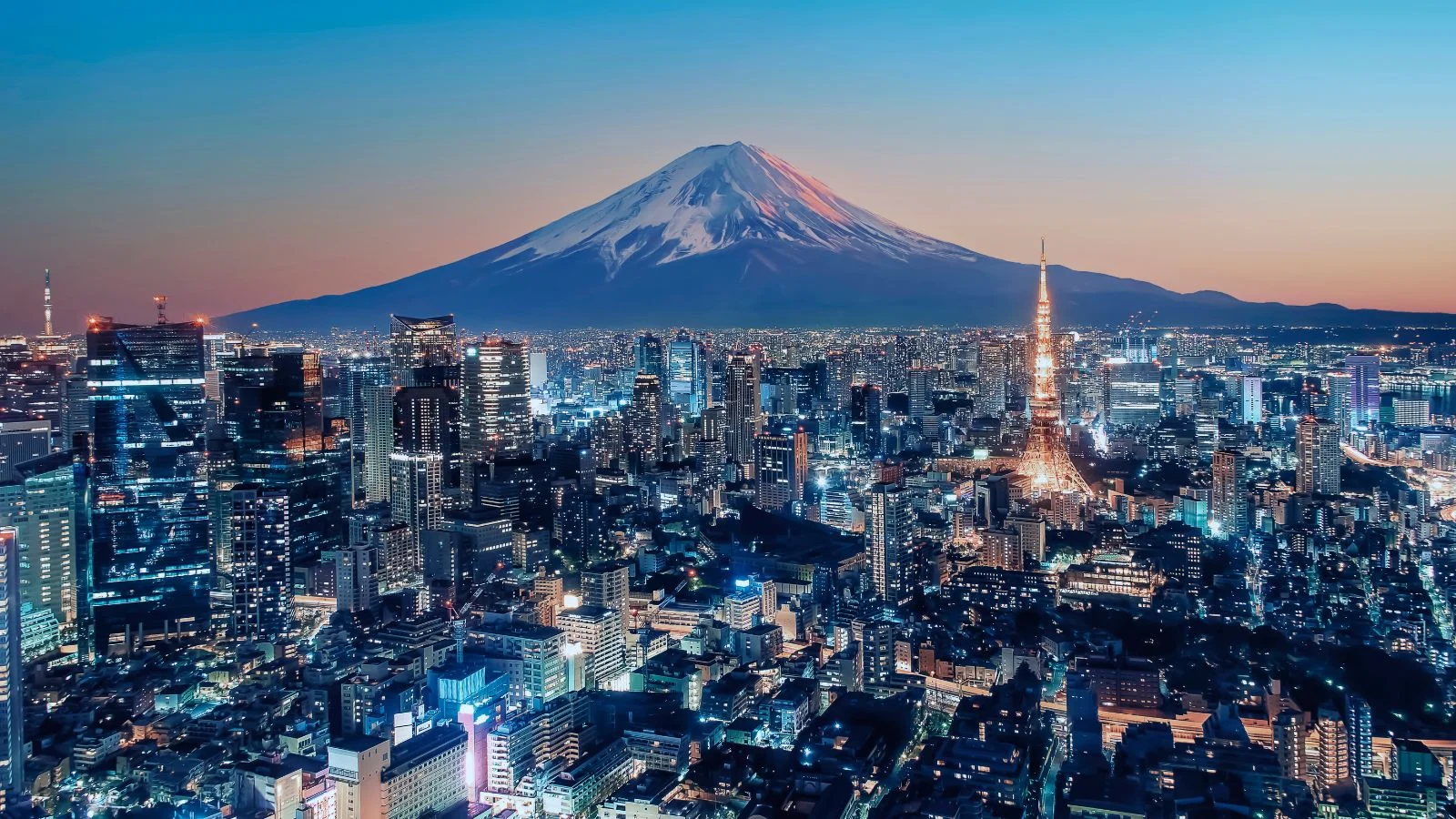
Though Tokyo is crowded, it’s still a must-stop when in Japan. The city offers plenty of one-of-a-kind experiences and hidden gems, like visiting the Toyosu Fish Market and seeing a traditional show at the Kabuki Theatre.
What to do in Tokyo: Tokyo Travel Guide
Each of Tokyo’s neighborhoods is like visiting an entirely different city
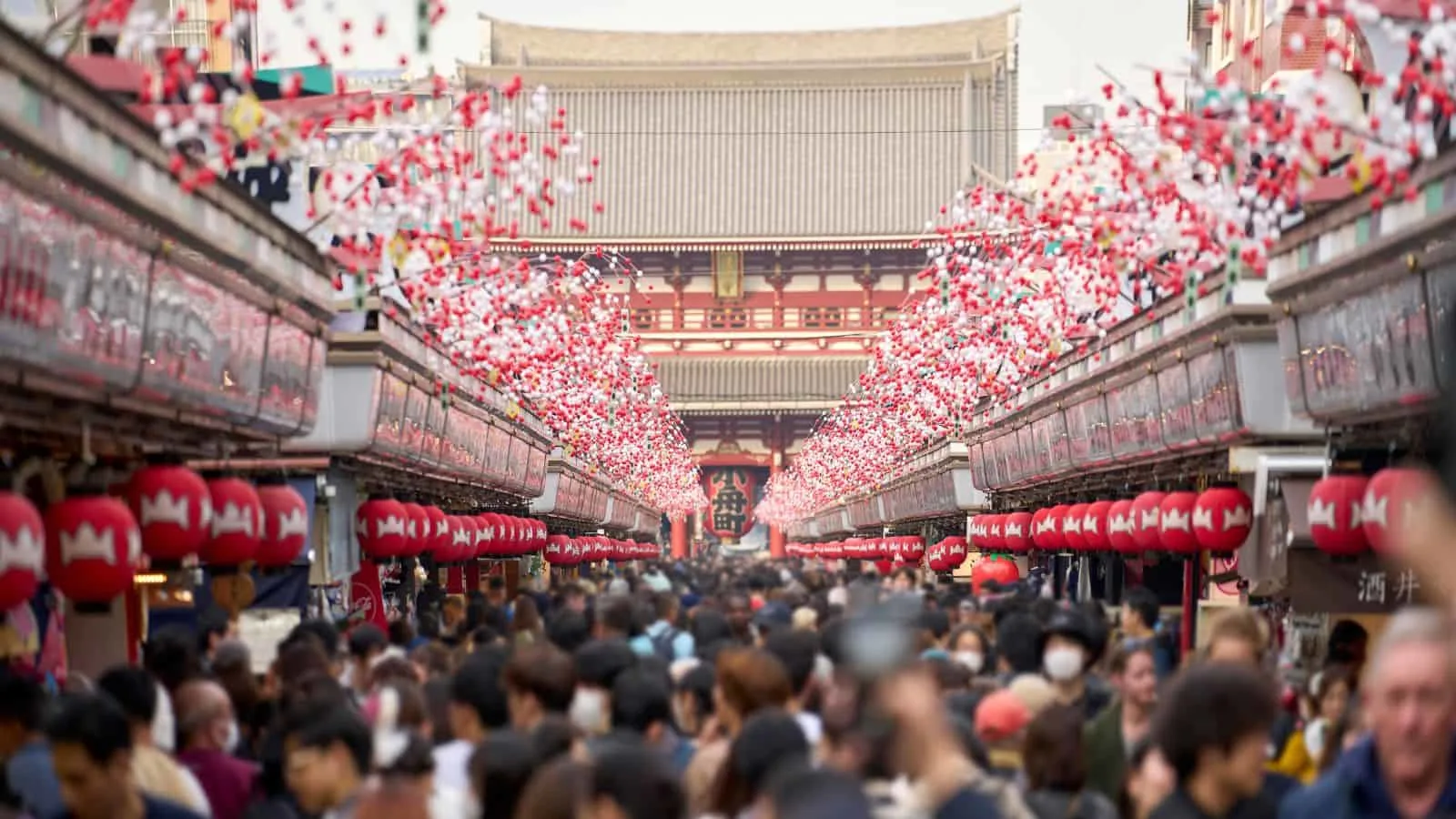
Sprawling Tokyo is more diverse than meets the eye. From the arcades of Akihabara to the Kawaii stores of Harajuku, picking a neighborhood that fits your travel style is crucial.
Best Place to Stay in Tokyo: An In-Depth Look at Tokyo’s Neighborhoods

Elise Armitage is an entrepreneur and founder of What The Fab, a travel + lifestyle blog based in California. At the beginning of 2019, Elise left her corporate job at Google to chase her dreams: being an entrepreneur and helping women find fabulous in the everyday. Since then, she’s launched her SEO course Six-Figure SEO, where she teaches bloggers how to create a passive revenue stream from their website using SEO. Featured in publications like Forbes, Elle, HerMoney, and Real Simple, Elise is a firm believer that you can be of both substance and style.


